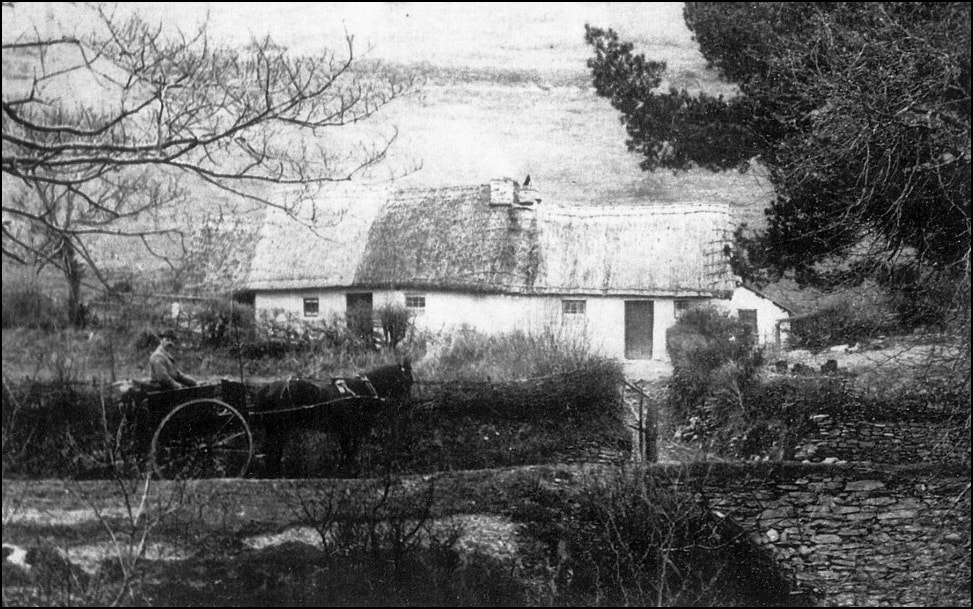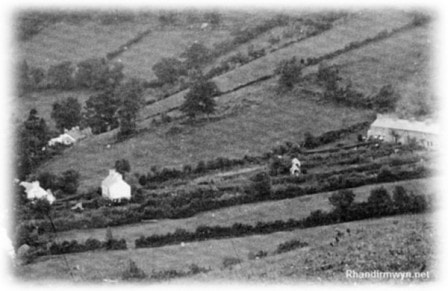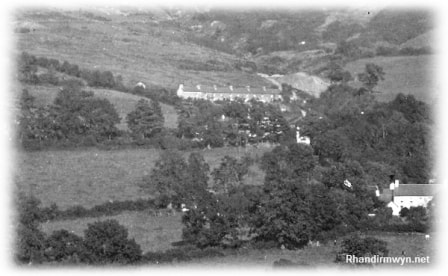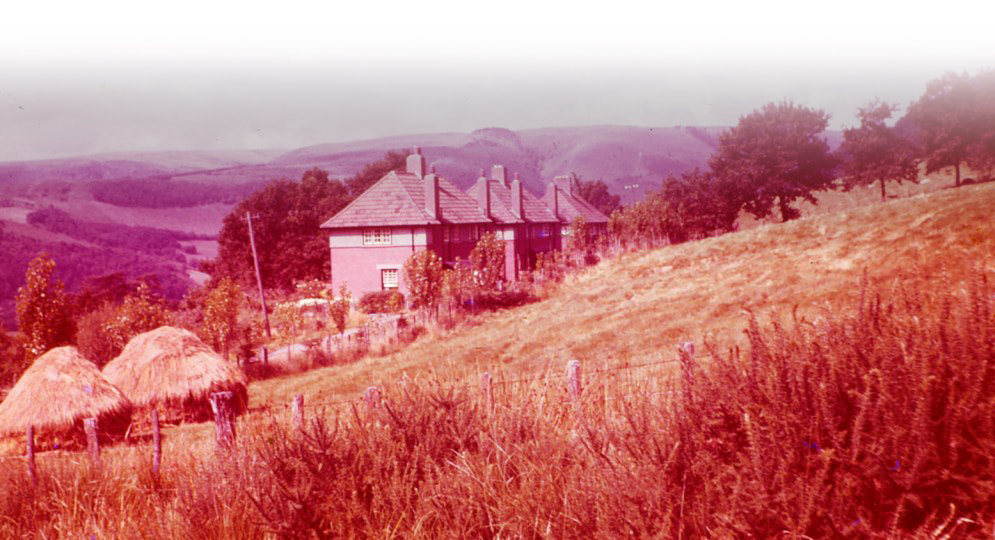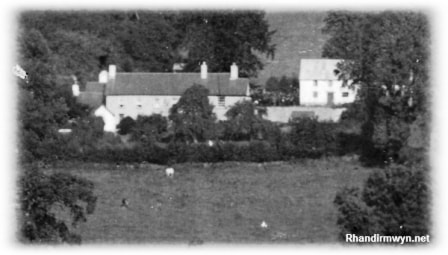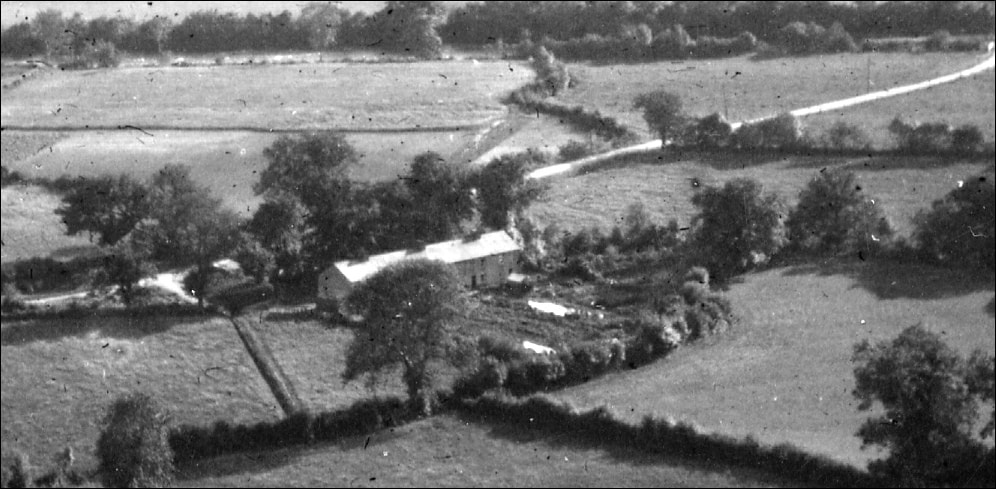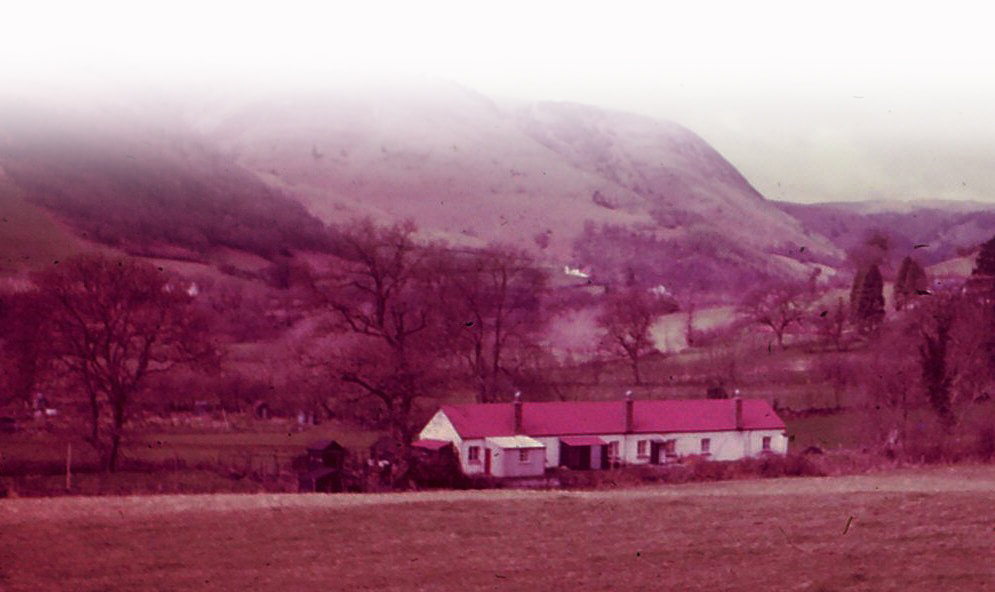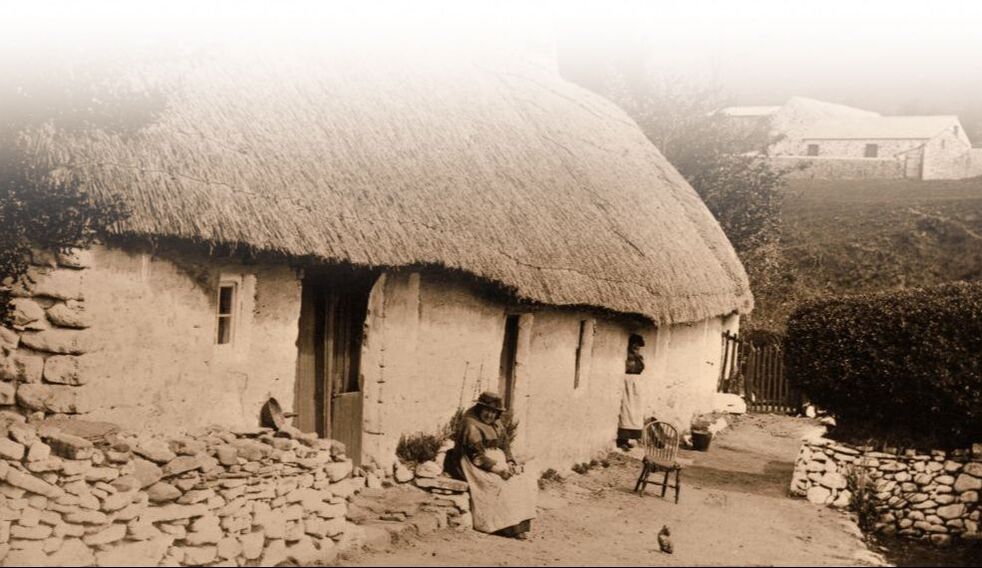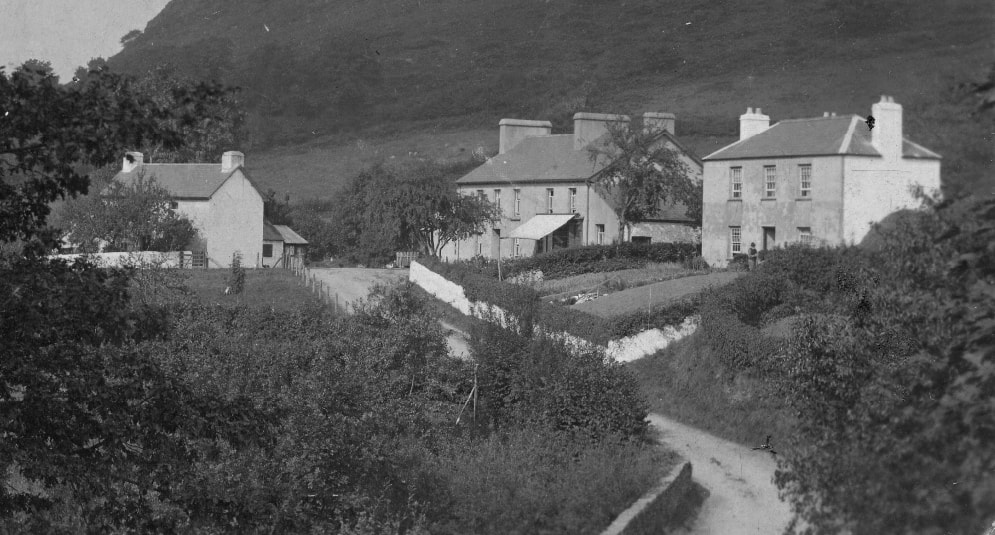Miners Homes
Pannau Street - Argall Avenue - Nantymwyn House - Nantymwyn Terrace - The Dry - Nantybai
Pannau Street
Pannau Street is a row of old traditional miners cottages located above the village (1800’s) and are identical to Rhyd-y-car miners cottages at the Museum of Welsh Life, St Fagan. There are 8 in all and at the turn of the last century number 1 was in fact a public house, namely The Miners Arms. It stood directly on the route from the village to the mine and so was aptly named.
Argall Avenue
Argall Avenue known locally as Tai Coch (red houses) is a row of semidetached houses located above Pannau Street. These were built early in the last century and were named after the mine manager a Captain Joseph Argall. I am told that the name was in fact chosen by the late Mary Franklin whose father was a foreman in the mine.
Nantymwyn House
Nantymwyn House was the home of the mine manager and within this building the mine offices were located
Nantymwyn Terrace
Nantymwyn Terrace originally called Wyrddol. (green meadow) This row of 6 houses was built in 1891 and are constructed of solid concrete walls which contains stone waste from the mine. It is understood that the miners occupying these houses had to agree to work on Sundays. Their job was to enter the mine through the entrance at the Dry and keep the water pumps working. The houses were built in a close proximity to the mine so that they would not be seen travelling to the mine. The proximity of the church must have caused difficulties.
The Dry
This street of 3 cottages was originally a building used by the mining company. It was near the Lower Boat level entrance through which most of the ore and waste was extracted. The building was divided into a smithy, a drill store and an open sided shed where the workmen’s clothing were hung up to dry. (conditions within this mine were very wet). This place was known by the workmen as 'The Dry,' and has continued to this day. It was in the late 1920’s that the building was altered into 3 cottages namely, Ty Newydd, Ger-y-Nant, and Brynawel.
Running along the front of the Dry and past St Barnabas church is the ‘Dram Road’. It ends at a location locally known as the Crusher. It was along this route that the drams laden with ore and waste were towed by horse and donkey to the crusher. It was here the rock was crushed and the lead and other ore was removed. It is known that during the late 1700's the ore was carried in boats along a canal to the crushing plant. These boats when laden weighed 5 tons.
Running along the front of the Dry and past St Barnabas church is the ‘Dram Road’. It ends at a location locally known as the Crusher. It was along this route that the drams laden with ore and waste were towed by horse and donkey to the crusher. It was here the rock was crushed and the lead and other ore was removed. It is known that during the late 1700's the ore was carried in boats along a canal to the crushing plant. These boats when laden weighed 5 tons.
Nantybai
Nantybai is a collection of houses which were located at the main entrance to the Nantymwyn mine. This was effectively a separate village and had its own shop, smithy and mill. Many of the miners cottages have disappeared but there is no doubt that many miners lived and lodged here.

